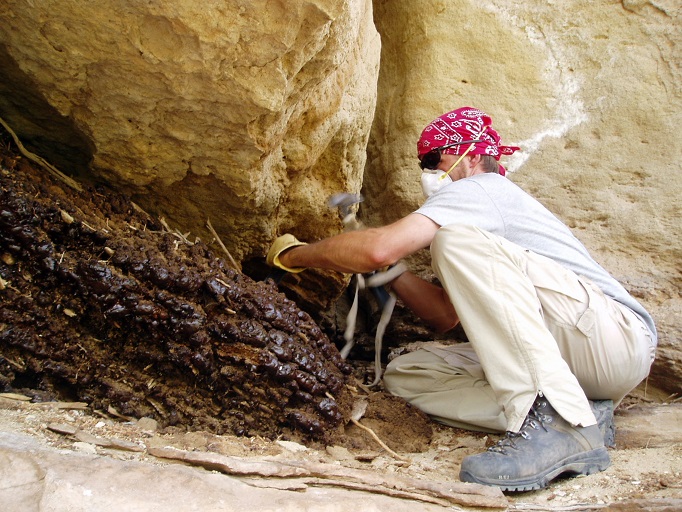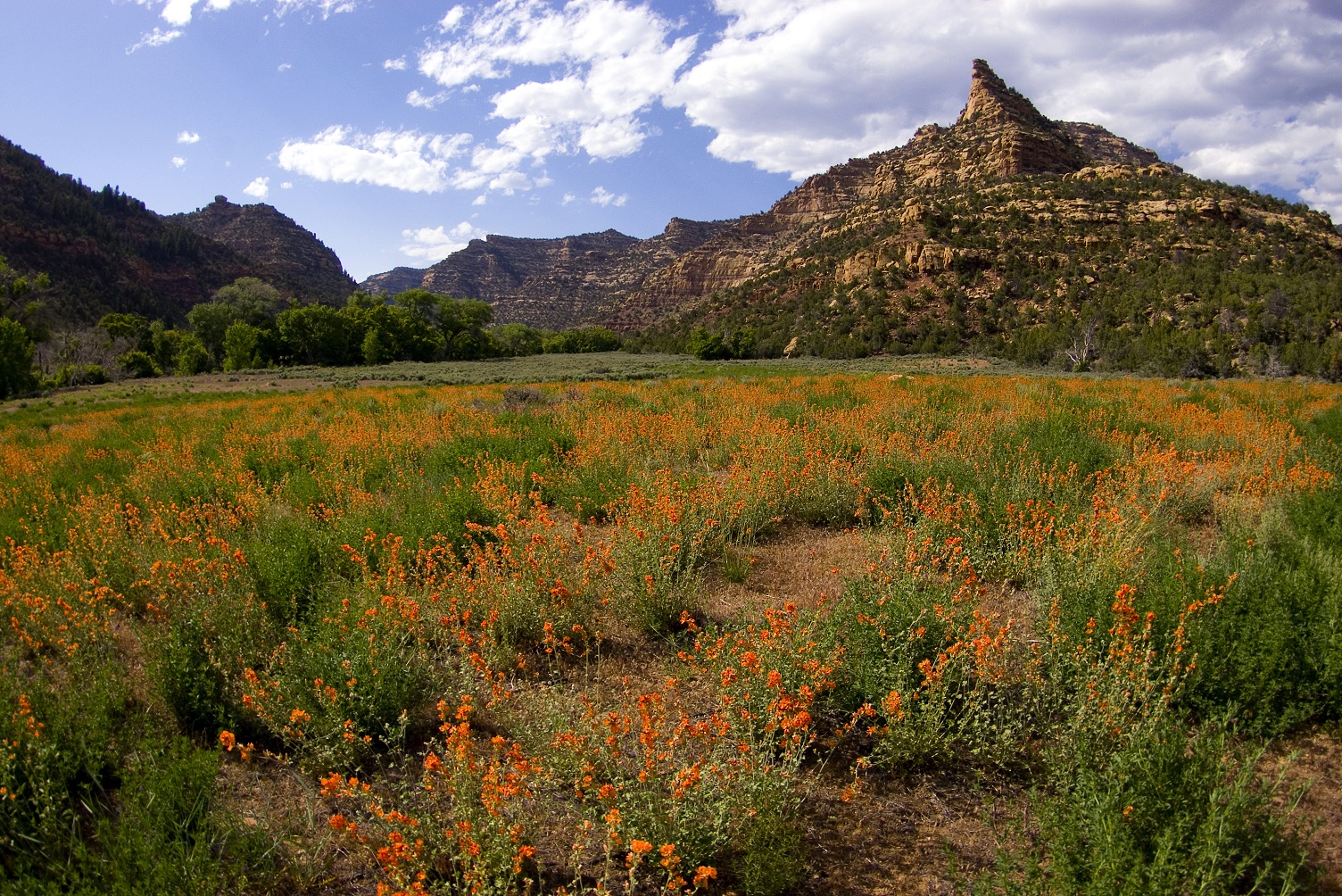Fremont Occupation and Paleoenvironments of Range Creek Canyon, Utah
Range Creek Canyon (RCC), located in east-central Utah, is a prime site for investigating
past environmental and climatic conditions. Nestled within the eastern portion of
the Book Cliffs and along the west side of the Tavaputs Plateau, the canyon ranges
in elevation from 1500-3050 m and is home to diverse vegetation communities, including
mesic, xeric, and riparian habitats. The relatively pristine condition of RCC has
made it a unique natural laboratory for interdisciplinary research, with the University
of Utah field station serving as a base for ongoing studies.
The canyon’s archaeological significance, particularly its intact artifacts from the Fremont Archaeological Complex, combines with its ecological richness to make it a pivotal site for reconstructing past climates and vegetation patterns. Of particular interest are the packrat middens produced by the genus Neotoma spp., which can produce middens that date back to the late Pleistocene (up to 48,000 years). These middens serve as crucial archives for reconstructing the vegetation dynamics of arid regions and the climatic shifts that have shaped the canyon throughout time. This reconstruction is made possible by utilizing paleoclimate proxy data in the form of preserved plant remains and fossil pollen recovered from packrat middens.
This project is an interdisciplinary effort involving the RED Lab, the Department of Anthropology, and the Natural History Museum of Utah. Dr. Shannon Boomgarden and Prof. Larry Coats have been working in RCC since the early 2000s, with Dr. Boomgarden reconstructing the canyon's climate for agricultural insights and Prof. Coats studying paleoclimatology to understand vegetation dynamics of arid regions. For the paleoclimate reconstruction, Prof. Coats has led efforts in collecting and studying packrat middens, as well as teaching Paleo Field Methods at the field station and conducting student-led research through the Undergraduate Research Program (UROP).
Current midden research in RCC is being conducted by Prof. Coats and M.S. student Marti Sorensen. This work aims to reconstruct vegetation dynamics in the canyon from the late Holocene to the present, as well as explore how middens can be utilized in future paleoclimate and archaeological research. To explore other research projects in the canyon visit NHMU-Range Creek.

